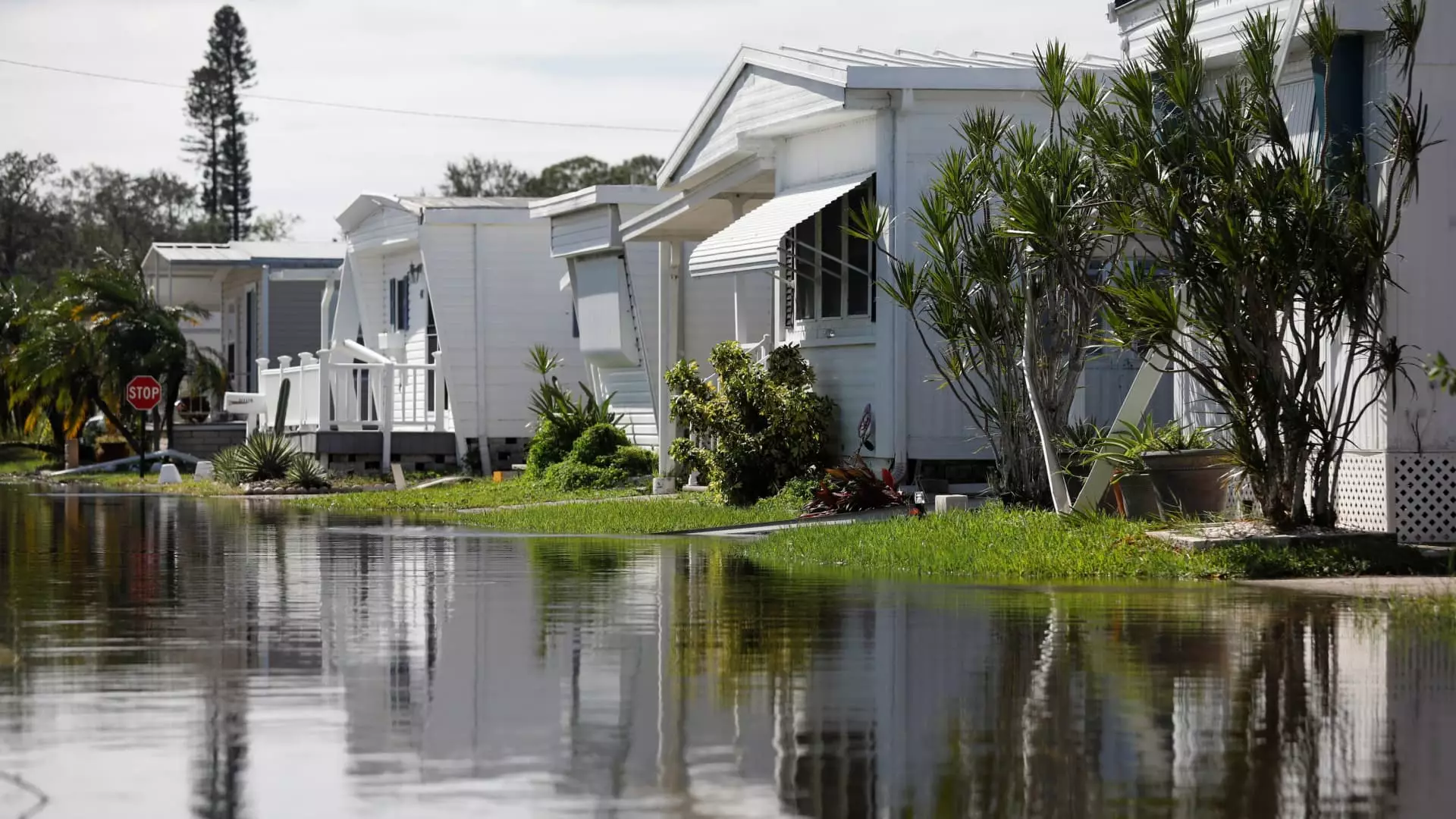Natural disasters leave a profound impact on communities, often reducing homes and livelihoods to ruins. As we grapple with the aftermath of events like hurricanes, floods, and fires, it’s crucial to understand the financial protections available to those affected. One of the key provisions in homeowners and renters insurance is “loss of use” coverage, which can be a lifesaver for individuals who suddenly find themselves without a place to call home. This article delves into how this important coverage works, the associated challenges, and essential steps to make the most of it during a crisis.
Loss of use coverage is an insurance provision designed to cover additional living expenses incurred when a policyholder’s home becomes uninhabitable due to a covered event, such as a natural disaster. Experts emphasize that this coverage is typically automatically included in standard homeowners and renters insurance policies, often pegged at around 20% of the dwelling or personal property coverage. For instance, if a home has a coverage limit of $100,000, the associate loss of use coverage would generally amount to $20,000.
This financial cushion can be invaluable in covering temporary housing, such as hotel bills or rental properties, necessary food expenses, and even pet boarding. “It provides a financial safety net during what is often an incredibly stressful time,” says Karl Susman, an insurance expert. Despite its usefulness, it’s essential to understand the particulars of this coverage to avoid unpleasant surprises.
In the chaos following a disaster, one of the most critical steps is to file an insurance claim as quickly as possible. Shannon Martin, a licensed insurance agent and analyst, stresses the importance of reaching out to your insurance provider to inquire about loss of use coverage. “Insurance companies can expedite claims in urgent situations, allowing affected individuals to access funds sooner rather than later,” she notes. Early intervention can prevent short-term financial strain, as the costs of temporary lodging can escalate quickly, especially when demand surges in disaster-hit areas.
Moreover, policyholders are encouraged to document all expenses associated with displacement. Keeping receipts and a detailed record of costs can facilitate smoother interactions with insurers and help substantiate your claims.
While loss of use coverage serves as a tool for immediate financial relief, it is essential to recognize that it may not last indefinitely. Coverage is often constrained by specific dollar limits and time frames. For example, many policies cap the duration for which benefits may be claimed—typically ranging from a few months to a year. Jeremy Porter from the First Street Foundation warns that post-disaster living conditions can be drastically different from normal times, complicating the recovery process. “In the wake of a disaster, housing supply diminishes, and prices can skyrocket, making it difficult to secure alternative accommodations,” he explains.
To prevent potential pitfalls, homeowners and renters should review their policy details upfront—identifying any caps on specific expenses and understanding the comprehensive coverage limitations. This requires proactive engagement with the insurance provider to clarify what is and isn’t covered.
Short-Term Fix or Long-Term Solution?
While loss of use coverage is instrumental in providing interim assistance, it’s vital not to rely on it as a long-term resolution. Experts indicate that this financial support is designed as a stop-gap measure rather than a comprehensive recovery plan. Loretta Worters from the Insurance Information Institute emphasizes that the road to recovery is often arduous and lengthy. “Rehabilitation, repair, and rebuilding can extend well beyond the limits of loss of use coverage,” she states, urging affected individuals to strategize their financial recovery carefully.
In addition to filing for insurance, individuals might also consider turning to federal assistance programs such as those provided by the Federal Emergency Management Agency (FEMA). Coupling these resources with insurance benefits can enhance recovery capabilities and decrease the financial burden of rebuilding.
In a world where natural disasters are becoming increasingly prevalent, understanding the dynamics of loss of use coverage is essential for homeowners and renters alike. Armed with knowledge about insurance provisions, coverage limits, and the importance of prompt action can make a significant difference in recovery. By taking a holistic and proactive approach, individuals can better navigate the intricate landscape of post-disaster challenges and secure their path toward recovery.

